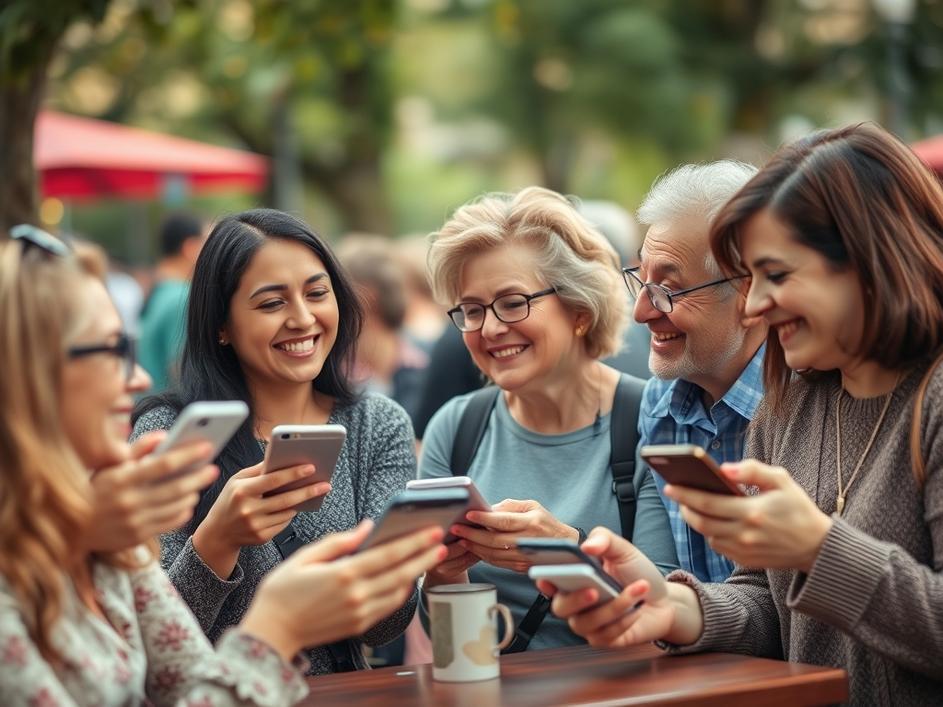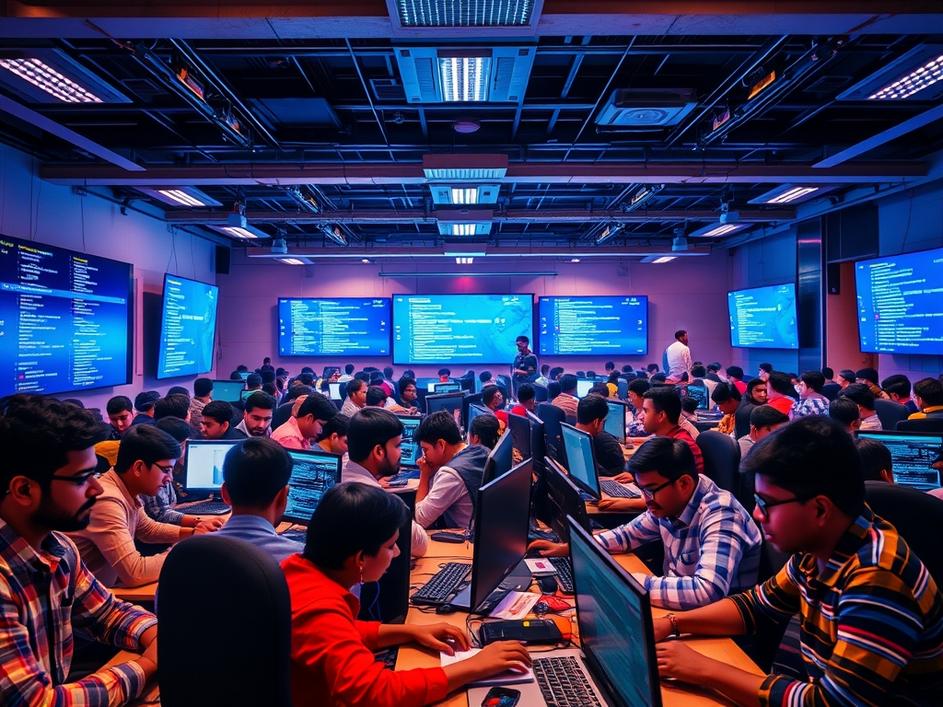


We are a digital agency helping businesses develop immersive, engaging, and user-focused web, app, and software solutions.
2310 Mira Vista Ave
Montrose, CA 91020
2500+ reviews based on client feedback

What's Included?
ToggleIt’s hard to imagine life without a screen nearby, isn’t it? From the moment we wake up, often to an alarm on our phone, to scrolling through news or social media before bed, digital technology has woven itself into nearly every part of our day. We use it for work, for school, for keeping up with friends, and even just to pass the time. And for good reason, too. These tools have brought amazing things into our lives: instant information, the ability to see family across the globe, and entertainment on demand. But lately, there’s a growing whisper, a feeling many of us share, that perhaps we’ve gone a little too far. That maybe, in connecting so much online, we’re actually losing touch with what’s truly around us, and even with ourselves. It’s a quiet worry, but it’s getting louder, as we start to see the real effects of always being “on.”
Think about it: our devices promise to keep us connected. And they do, in a way. You can see what your old high school friend ate for lunch, or watch a live stream from an event happening thousands of miles away. But what about the person sitting across from you at dinner, whose eyes are glued to their phone? Or the deep conversations that used to happen when there were no distractions? I’ve noticed this in my own life, and among friends and family. Sometimes, being “connected” digitally means we’re less present, less truly engaged in the real-world moments unfolding right in front of us. It’s a strange paradox. We’re flooded with information about everyone else, but we might feel more alone than ever. It makes you wonder, if we’re always looking at a screen, are we really seeing each other?
For kids and teenagers today, the digital world isn’t just a part of life; it’s *the* life. They’ve never known a world without smartphones, without social media, without constant access to games and videos. This means they’re growing up in an environment that’s completely different from what many of us experienced. Their friendships often play out online, their self-worth can get tangled up in likes and comments, and the pressure to always be available, always be perfect, is immense. It’s a tough tightrope walk. They’re learning social cues not just from face-to-face interactions, but also from filtered images and curated posts. I can only imagine how hard it must be to figure out who you are when you’re constantly comparing yourself to an endless feed of highlight reels. It’s a new frontier, and we’re still figuring out how to guide them through it safely and healthily.
So, what can we do? It’s not about throwing away our phones and moving to a cabin in the woods. That’s not realistic for most of us. But it is about finding a better balance. Simple changes can make a big difference. Maybe it’s setting specific times of day to check emails or social media, instead of letting it interrupt everything. Or making a rule that dinner tables are phone-free zones. I’ve personally found success with leaving my phone in another room when I’m doing something important, like spending time with my kids or working on a creative project. Even just turning off notifications for apps that don’t need immediate attention can bring a surprising amount of peace. It’s about taking back control, one small choice at a time, and consciously deciding when and how we let technology into our lives, instead of letting it dictate our days.
While individual changes are important, this isn’t just a personal problem. It’s a societal one. We need to think bigger. What role do tech companies play in designing apps that are meant to be addictive? How can schools better teach digital literacy and well-being? And as parents, educators, and leaders, how can we create spaces and opportunities that encourage real-world interaction and connection, rather than relying solely on screens? It’s a big ask, but it’s an important conversation to have. We need to advocate for healthier digital environments, for better tools that support our well-being, and for a collective shift in how we value presence over digital participation. It’s about recognizing that our digital tools should serve us, not the other way around.
Ultimately, our digital tools are just that – tools. They can be incredibly powerful for good, connecting us in ways we never thought possible. But like any powerful tool, they need to be handled with care and intention. The growing awareness about screen time and its impact isn’t about shaming technology; it’s about understanding ourselves better in this new, rapidly evolving world. It’s a chance to pause, to reflect, and to intentionally design lives that prioritize real connection, mental well-being, and moments of genuine presence. Let’s strive to be the architects of our digital experience, rather than just passengers along for the ride. It’s a journey towards a more balanced, more human future, and it starts with each of us choosing to look up, look around, and truly connect.



Leave a reply